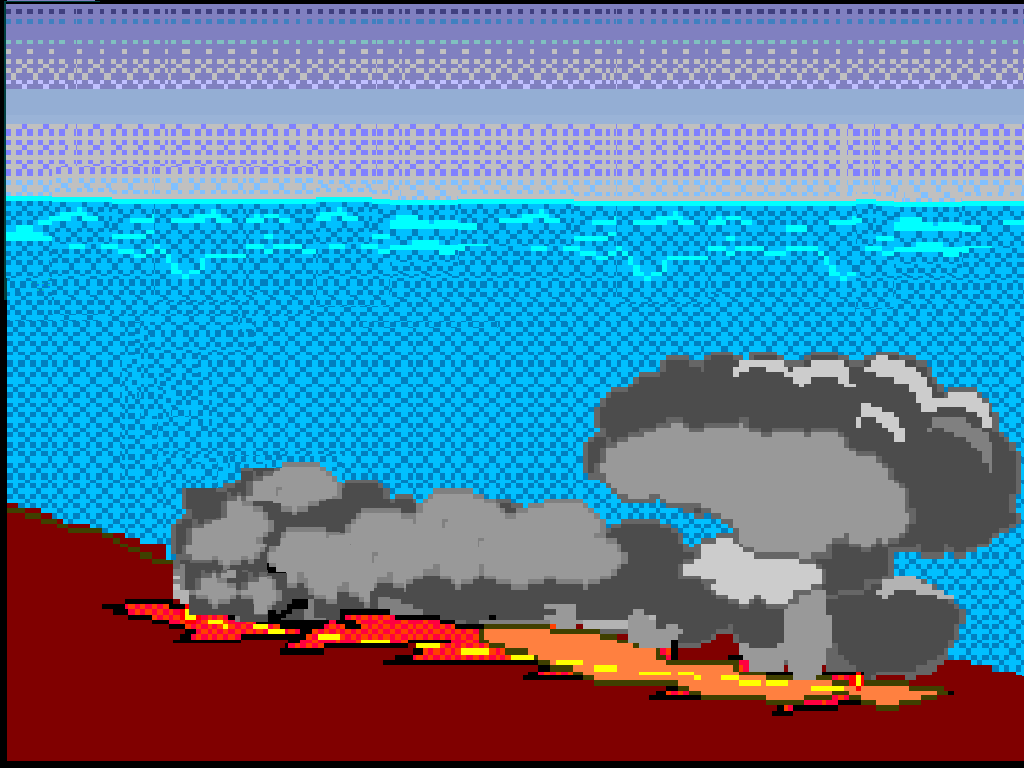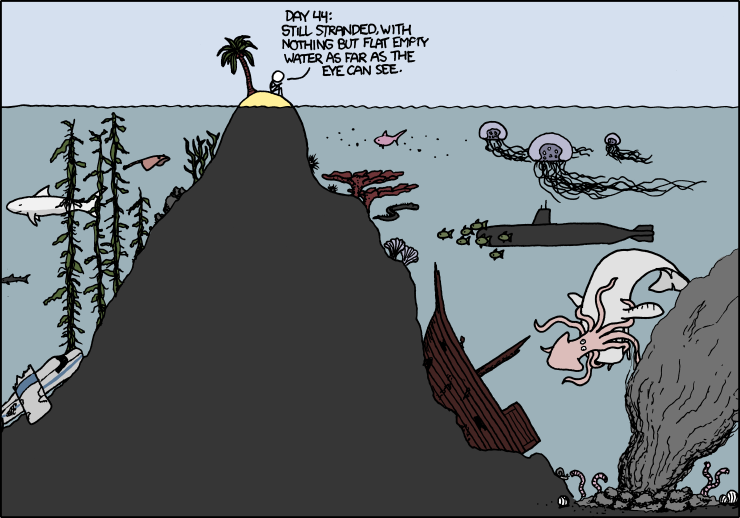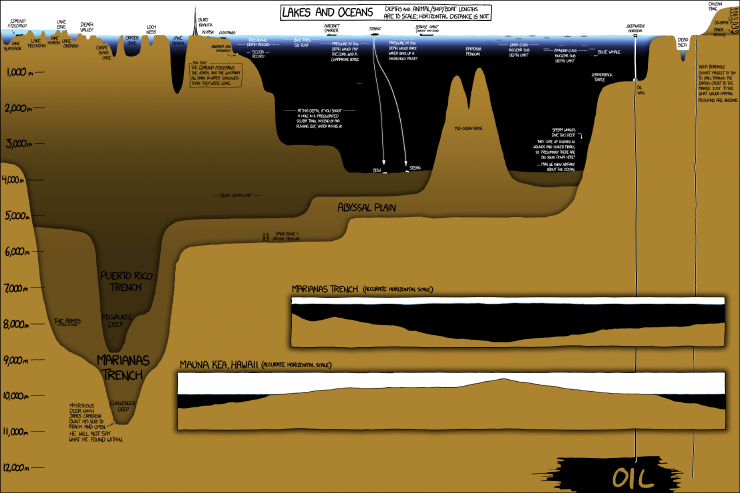By Florence Sullivan, MSc, Oregon State University
One of my favorite parts about working as a member of the GEMM lab is our monthly lab meeting. It’s a chance for everyone to share exciting news or updates about their research, discuss recent advances in our field, and of course, make the schedule for who is in charge of writing the blog each week! Our fearless leader, Leigh, usually also has an exercise for us to complete. These have varied from writing and editing abstracts for conferences, conducting mock interviews of each other, reading and discussing relevant papers, R coding exercises, and other useful skills. Our most recent meeting featured an exciting announcement, as well as a really interesting discussion of the latest International Whaling Commission (IWC) reports of the scientific committee (SC) that I felt might be interesting to share with our readers.
First, the good news – Six GEMM lab members submitted abstracts to the 2017 Society of Marine Mammalogy Conference, and all six were accepted for either a speed talk or an oral presentation! We are very proud and excited to present our research and support each other at the conference in October.
And now, a little science history:
The IWC was originally formed as a management body, to regulate the global catch of great whales. However, it never had much legal power to enforce its edicts, and was largely ineffective in its task. By 1986 whale populations had been decimated to such low numbers by commercial whaling efforts that a worldwide moratorium on harvest was imposed. The SC of the IWC meets on an annual basis, and is made up of leading experts in the field who give advice and recommendations to the commission. If you are interested in seeing reports from over the years, follow this link to the IWC Archive. The reports presented by the various sub committees of the Scientific Committee are dense, packed full of interesting information, but also contain lots of procedural minutiae. Therefore, for this lab meeting, each of us took one of the 2017 Annexes, and summarized it for the group.
Alyssa and Dawn reviewed Annex J: Report of the working group on non-deliberate human induced mortality of cetaceans. The report shared new data about scarring rates of bowhead whales in the Bering Sea, notably, that 2.4% of the population will acquire a new scar each year, and that by the time an individual is 25 years old, it has a 40% chance of being scarred from a human derived interaction. The study noted that advances in drone technology may be an effective tool to assess scarring rates in whale populations, but emphasized that it is important to examine stranded carcasses to ground truth the rates we are able to capture from aerial and boat based photography. The discussion then turned to the section about ship strikes, where we learned that in a comparison of fresh scars on humpback whales, and rates of voluntarily reported ship strikes, collisions were vastly under reported. Here it was noted that injuries that did not cause visible trauma could still be lethal to cetaceans, and that even moderate speed collisions can cause non-immediate lethal injury.
Leila walked us through Annex K: Report of the standing working group on environmental concerns. This subcommittee was the first one formed by the SC, and their report touched on issues such as bioaccumulation of heavy metals in whales, global oil spill emergency response training, harmful algal blooms (HABs), marine debris, diseases of concern, strandings and related mortality, noise, climate change, loss of arctic sea ice, and models of cetacean reaction to these impacts.
A few notes of particular interest:
-PCBs and other toxins are known to accumulate in killer whales, but this report discussed high levels of lead and cadmium in gray whales, leading to the question of what might be the source – sediment deposits? Fish?
-Lots of research has been done on the outfall of HABs involving domoic acid; now there is a need for research on other types of HABs
-A website has been created to increase surveillance, diagnosis and risk management of cetacean diseases, and is currently being refined: https://cdoc.iwc.int
-Changing climate is prompting distribution shifts in a number of species, putting animals at risk of interactions with shipping lanes, and increasing contact with invasive species.
-Models of cetacean bioenergetics have found that being entangled has energy costs equivalent to migration or pregnancy. Another model found that naval noise increased the metabolic rate of individuals by 30%. Models are becoming more and more accurate and complex every year, and each new one helps provide a framework to begin to assess cumulative impacts of human-cetacean interactions.
To wrap things up, I gave a brief overview of Annex N: Report of the subcommittee on whalewatching. This report gave quick updates on a number of different whale watching research projects around the world:
-Humpback whales in Hawaii change their swim speed and dive time when they encounter vessels.
-Endangered humpbacks in the Arabian Sea may need management intervention because there have been minimal advances in standards and attitudes by whale watching outfits or recreational boaters in Oman.
-Increased interactions and close encounters may be eroding the protective social barriers between bottlenose dolphins and the public. The committee emphasizes that cetacean habituation to humans is a serious conservation cause of concern.
After research updates, the document then details a review from the working group on swim-with-whale operations. They emphasize the need for a global database, and note that the Convention on Migratory Species and the World Cetacean Alliance are both conducting reviews of this section of the whale watching industry and that a collaboration could be beneficial. Finally, this committee often gives feedback to ongoing projects and local management efforts, but is not convinced that their recommendations are being put into practice.
As one reads this litany of issues that face cetaceans in the modern world, it can be quite disheartening. However, reports like these keep researchers up to date on the current state of knowledge, areas of concern, and questions that need answering. They help us set our priorities and determine which piece of the puzzle we are capable of tackling. For more on some of the projects that our lab has under taken to help tackle these issues, check out Leila’s work on stress in gray whales, Dawn’s work looking at blue whales in New Zealand, Solene’s work on humpback habitat selection, or my work on vessel interactions. Individually, it’s easy to feel small, but when you look through the archives of the IWC, and realize how far we’ve come from extractive management to active conservation, you realize that every little project adds to those before it, and together, we can make a difference.








 The team then sent the Deep Submergence Vehicle (
The team then sent the Deep Submergence Vehicle (








































